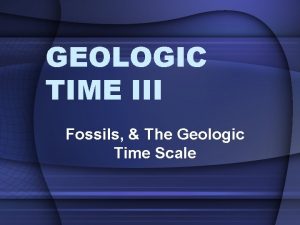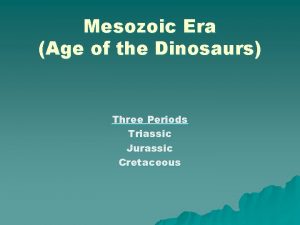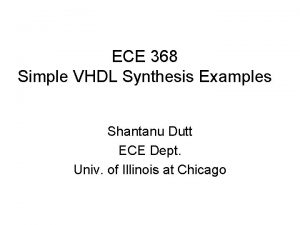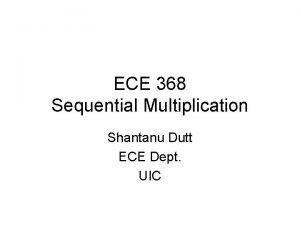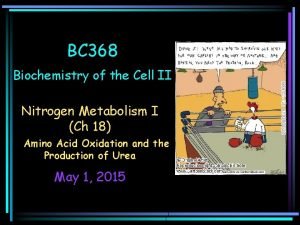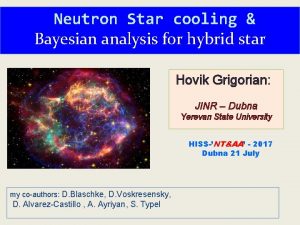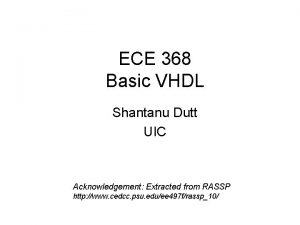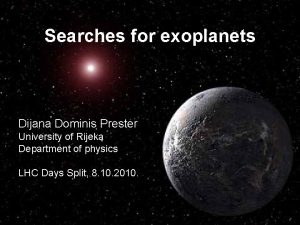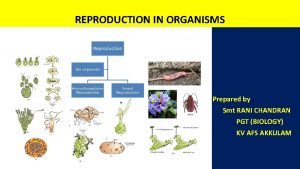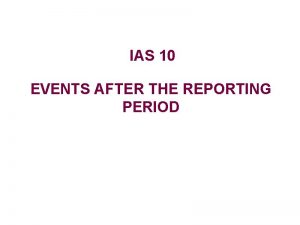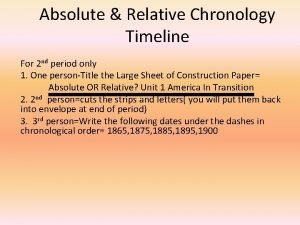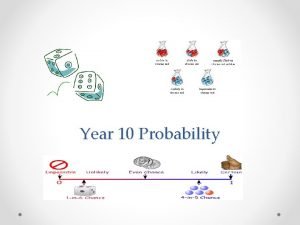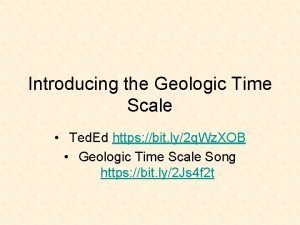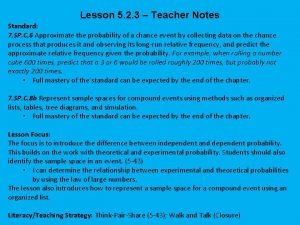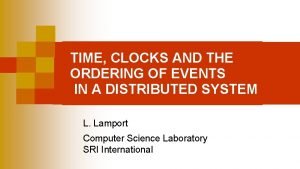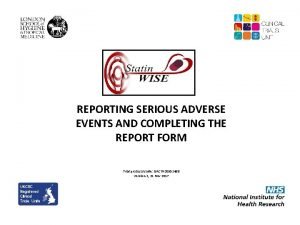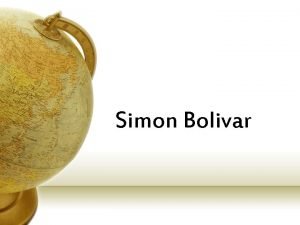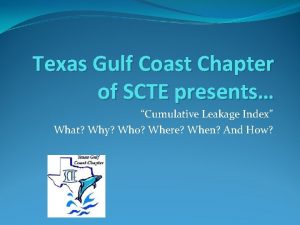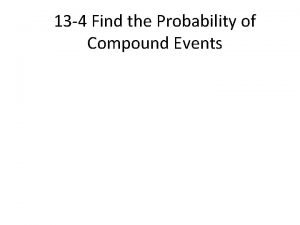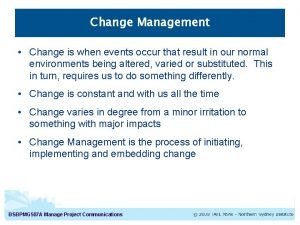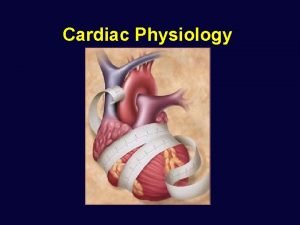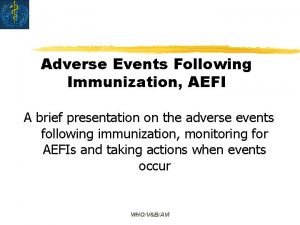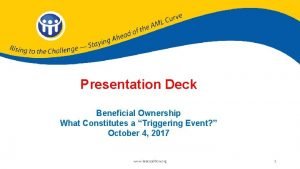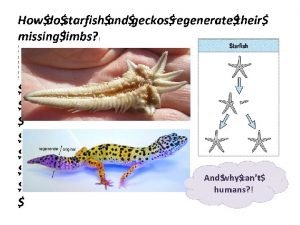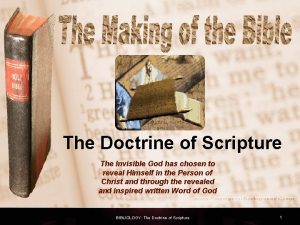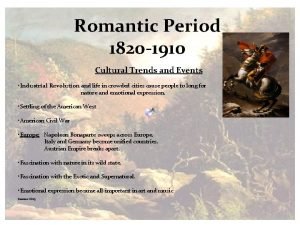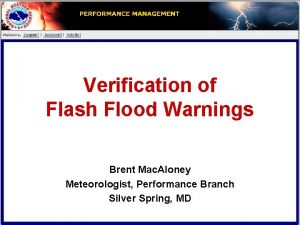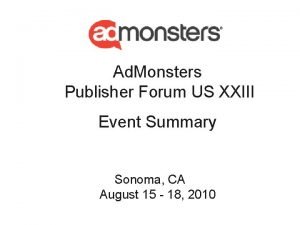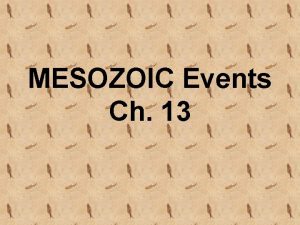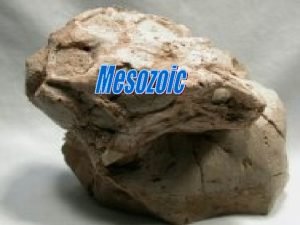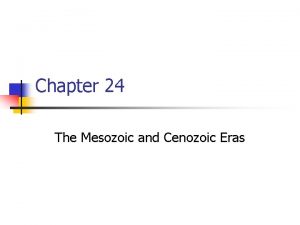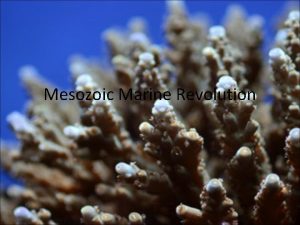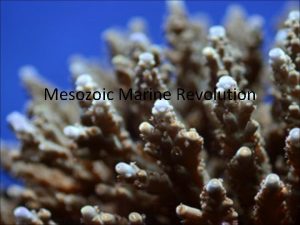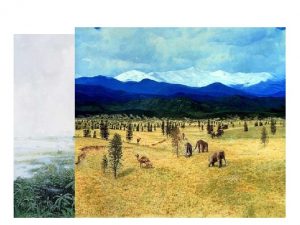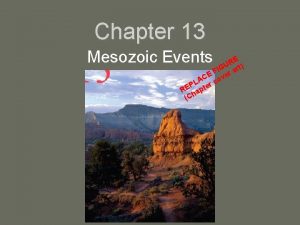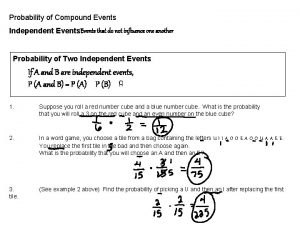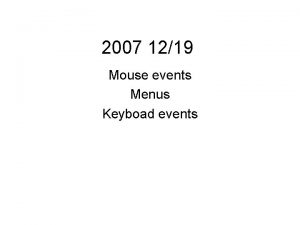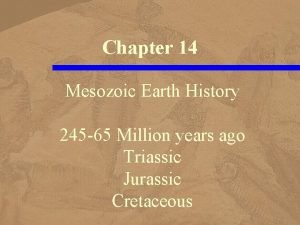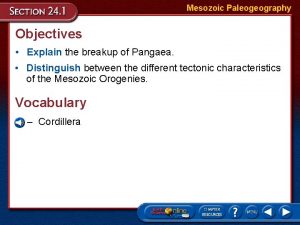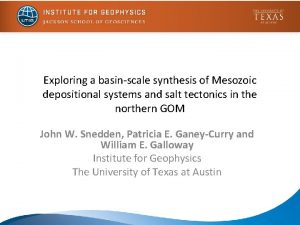MESOZOIC EVENTS Ch 13 Mesozoic f 1290pg 368



















































































- Slides: 83

MESOZOIC EVENTS Ch. 13

Mesozoic

f 12_90_pg 368

f 10_01_pg 268

MESOZOIC f 14_01_pg 406

Mesozoic Key Events • Breakup of Pangea • Expansion of Atlantic Ocean, while Pacific shrank. • Deposition of Clastics along America’s East Coast (Triassic) • Formation of Earth’s present ocean basins • Formation of Gulf of Mexico (Late Jurassic and Triassic) • Evaporite deposition resulting in the formation of Salt Domes (Oil Exploration)

Mesozoic Key Events “Continued” • Deposition of chalk deposits from epicontinental seas (Cretacious) • Sedimentary deposits occurred in the Cordilleran Orogenic Belt along the west coast (Late Triassic) • Morrison Formation, known for dinosaur remains, formed from epicontinental seas out west around the Cordilleran. (Middle Jurrassic) • Western North America Subjected to 4 Orogenies (Sonoma, Nevadan, Sevier, and Laramide – Rocky Mtns)

Breakup Of Pangea f 13_01_pg 374

Breakup Of Pangea • 4 Stages – Stage 1: Rifting and volcanism along normal fault systems (Triassic) – Stage 2: Opening of narrow oceanic tracts between Southern Africa and Antarctica (Late Triassic). – Stage 3: Atlantic rift began to extend northward (Jurassic – Cretaceous) – Stage 4: Separation Complete (Cenozoic)

Breakup Of Pangea Stage 1 (Triassic) – North America separated from Gondwana • South Africa, India, Australia, Antarctica – Mexico separated from South America – Eastern border of N. America separated from Africa

Breakup Of Pangea Stage 2 (Late Triassic) – Africa and India separated – Large outpourings of basaltic lavas

Breakup Of Pangea Stage 3 (Jurassic – Cretaceous) – Eastern end of Tethys Sea closed (predecessor to Mediterranean Sea) – South America split away from Africa.

Breakup Of Pangea Stage 4 (Cenozoic – Beginning) – North America (Laurentia) separated from Northern Europe/Russia (Baltica) – Australia separated from Antarctica

Triassic Paleography “ 200 -251 ma” f 13_02_pg 376

Jurassic Paleography “ 145 -200 ma” f 13_07_pg 379

Cretaceous Paleography “ 65 -145 ma” f 13_12_pg 384

Mesozoic in Eastern North America • Tectonics characterized by the opening of the Atlantic Ocean (Tensional Forces) and Deposition of Sediments. – Nonmarine Sediments: Poorly sorted, coarse grained, unweathered feldspar. • Triassic (200 -251 mya) – Erosion of Appalachian Mountains – Fault zones created due to tensional forces – Volcanism associated with initial breakup of pangea. • 3 Lava Flows – Gulf of Mexico Formed precipitating gypsum and salt to thicknesses exceeding 1000 meters. • Louann: Famous Salt dome on the Gulf Coast

Erosional Depositional Episodes f 13_04_pg 377

Gulf Coast Evaporite Deposites f 13_08_pg 380

Gulf Coast Salt Dome Formation f 13_09_pg 380

Mesozoic in Eastern North America “Continued” • Jurassic (145 -200 mya) – Transgressive/Regressive Sequences – Evaporite Conditions Ended • Cretaceous (65 -145 mya) – Time of high sea level and epicontinental seas – Deposition of large volumes of sediment – Extensive Carbonate reefs – Chalk Deposits

Mesozoic in Western North America • Tectonics characterized by the closing of the Pacific Ocean (Compressional Forces) and Active Subduction Zone along West Coast. • 4 Orogenies that progressed from the west to the east – Sonoma, Nevadan, Sevier, Laramide • Triassic (200 -251 mya) – Sonoma Orogeny: Volcanic and Greywacke deposits – Eastern Cordillera: Shallow marine sandstones and limestones – Arizona’s Painted Desert and Petrified Forest National Park.

Thrust Faults f 13_23_pg 390

Sonoma Orogeny “Permian-Triassic Boundary” f 13_14_pg 385

Mesozoic in Western North America “Continued” • Jurassic (145 -200 mya) – 3 Orogenies: Nevadan, Sevier, & Laramide(Rocky Mtns) – Sundance Sea: Epicontinental Sea which formed the Sundance Formation. – Morrison Formation: Dinosaur bone deposits, formed after the Sundance Sea regressed. • Cretaceous (65 -145 mya) – – – Erosion of the Cordillera Advance of marine waters and sedimentation Dakota Group: Sandstone Formation Volcanic Material Niobara Formation: Carbonate Formation Fossil-Fuel Deposits (Colorado, Nebraska, Wyoming)

Sundance Sea “Jurassic” f 13_27_pg 392

Sevier Orogeny “Mid Jurassic to Early Cenozoic” f 13_22_pg 390 East of Sierra Nevada Mountains

Cretacious Tectonic Features “Western U. S. ” f 13_30_pg 393

MESOZOIC LIFE Ch. 14

MESOZOIC LIFE – KEY CONCEPTS • A warm climate was the major factor in the diversity and distribution of fauna and flora. • Advent of Angiosperms (Flowering Plants) • Giant Marine Predators • Advent of giant gliding reptiles. • Earliest known true bird – “Archaeopteryx” Jurassic • Dinosaurs appeared during the Triassic Period. • Mammals evolved from mammal-like reptiles during the Triassic. • Mammals initially mouse-sized but evolved to size of dogs by Cretacious. • Mass extinction event at the end of the Cretaceous – Large Meteor.

Influences On Climate • Configuration and dimensions of the oceans and continents. • Development and location of mountain systems. • Changes in snow, cloud, or vegetative cover. • Carbon Dioxide content of atmosphere. • Location of the poles and equator. • Gas from volcanoes. • Astronomic factors – changes in Earth’s tilt/orbit

Mesozoic Paleoclimates • Warming of Climate during Triassic & Jurassic – Causes • • Orogenic Events formed Mountains Paleogeography: Continents located around the equator Increase in proportion of ocean water to land Increase in carbon dioxide in atmosphere – Evidence • Evaporite/Clastic deposits • Coal Deposits on every Continent • Marine organisms

Mesozoic Paleoclimates • Cooling of Climate during Cretacious – Causes • Regressive sequences • Paleogeography – Land masses had moved toward the poles – Evidence • Extinction of fauna and flora – Tropical Cycads • Increase in conifers and angiosperms • Oxygen isotope ratios indicated a drop in temperature

Mesozoic Paleography A: Triassic B: Jurassic C: Cretacious f 14_02_pg 408

Mesozoic Invertebrates • • • Bivalves (Pelecypods) Corals Echinoderms Nautiloids Ammonoids • • • Belemnites Gastropods Radiolarians Forams Insects

Mesozoic Vertebrates • • • Ray-Finned Bony Fish Amphibians Dinosaurs (Land-based & Flying) First Turtles Marine Reptiles Lizards Snakes Birds: Archaeopteryx Mammals – Prototherians: monotremes – Therians: marsupials & placental

Mesozoic Sea Plants • • Phytoplankton Dinoflagellates Coccolithophorids Silicoflagellates and Diatoms

Mesozoic Land Plants • Spore-bearing ferns • Gymnosperms (Nonflowering) – Cycads, Seed ferns, conifers, ginkgoes • Angiosperms (flowering) – Birch, Sycamore, magnolia, holly, palm, maple, walnut, beech, poplar, willow, sassafras

Dinosaurs f 14_25_pg 421

DINOSAURS 2 Groups 1. Saurischia (Lizard-hipped) 2. Ornithischia (Bird-hipped) The 2 groups distinguished based on hips and teeth.

f 14_18_pg 418

A. Saurischia (Lizardhipped) B. Ornithischia (Birdhipped) f 14_19_pg 418

DINOSAURS f 14_17_pg 417

f 14_34_pg 428

f 14_35_pg 429

f 14_36_pg 429

f 14_28_pg 423

Dinosaurs – Warm or Cold Blooded? • Dinosaur Posture – Erect, Bipedal • Microscopic Structures of Bone – Richly vascular • Isotope analysis showed results similar to warm-blooded vertebrates • Proportion of predators to prey

Dinosaurs – Feather Covering? • Theorized due to close relationships between birds and dinosaurs • Problems with feather preservation

Flying Reptiles

f 14_38_pg 432

f 14_39_pg 432

f 14_40_pg 433

f 14_41_pg 433

Marine Reptiles

f 14_44_pg 435

f 14_45_pg 435

f 14_46_pg 436

f 14_47_pg 436

Birds

ARCHAEOPTERYX “Jurassic” f 14_49 a_pg 438

Mammals

MAMMALS • Mammals and their closest relatives appear in fossil record the same time as dinosaurs, in Late Triassic. • Mammals were very advanced therapsids synapsids. • True mammals (Mammalia) found from Late Triassic onward.

MAMMALS Three Groups Monotremes: the last surviving egg-laying mammals. Rare and surviving only in Australasia Marsupials: reproduce by young born live but very poorly developed, which then suckle and grow within a pouch. Dominate Australasia, common in South America, present in early Cenozoic Europe and North America Placentals: stay in the womb until more developed, fed by a placenta. The dominant group in the Americas, Africa, and Eurasia.

MAMMALS • Most Mesozoic mammals very small (shrew-to-house cat sized, with a few badger-sized forms in the Cretaceous); mammals only become large AFTER extinction of nonavian dinosaurs. • Oldest were fairly small. But by Middle and Late Jurassic, there were already some specialized mammals: Burrowers Paddle-tailed, web-footed fish eaters

MAMMALS Major Groups • Prototheria (monotremes): platypus and echidna • Eutriconodonta (monotremes): tiny to opposum-sized to badger-sized • Allotheria (monotremes): Rodent-Like • Metatheria (marsupials): similar to opossums • among largest mammals of the Mesozoic (badgersized) • Eutheria (placentals): many were herbivorous, omnivorous, and insectivorous

Late Triassic f 14_50_pg 438

f 14_52_pg 439

Late Cretaceous f 14_53_pg 439

Plants

PLANTS • Plants at the dawn of the age of dinosaurs were very different from those of the modern world: not so much of what was there as what wasn't. • There was no grass, no grain, no fruit, no flowers. But by the end of the Mesozoic, these were present.

PLANTS SPORE PLANTS • Liverworts • Mosses • Clubmosses • Ferns, • All of these were present in the Mesozoic. • For most of the Mesozoic the dominant ground cover was ferns, and tree ferns were fairly important trees in the Triassic and Jurassic.

PLANTS GYMNOSPERMS • Cycads, once widespread, but now more common in the tropical regions. Look something like palms and something like pineapples, • Ginkgoes, trees that were widespread in the Mesozoic and Cenozoic but now limited to a single species • Conifers, highly diverse tree-and-shrub sized species including: Pines Araucarians Cypresses, including junipers, Redwoods, sequoias, and dawn redwoods, Spruces, and Cedars

PLANTS ANGIOSPERMS (Flowering Plants) • Jurassic to Early Cretacious GRASSES • Cretacious

f 14_59_pg 442

DINOSAUR EXTINCTION f 14_63_pg 444

Dinosaur Extinction • Causes – – Extraterrestrial Event “Large Meteor” Volcanism Paleoclimates Combination • Evidence – Extraterrestrial • Iridium • Shocked Quartz – Volcanism • • Thickness if the iridium layer Acid Rain – Sulfuric Acid Temperature Decline Antimony & Arsenic Deposits, which are rare in meteorites

Irridium Layer f 14_62_pg 444

Irridium Deposits f 14_64_pg 445

Shocked Quartz f 14_65_pg 445

f 14_66_pg 445

fa_pg 446

THE END
 Paleozoic era vs mesozoic
Paleozoic era vs mesozoic Cenozoic
Cenozoic Mesozoic era
Mesozoic era Ece 368
Ece 368 Cs 760
Cs 760 Sta 302
Sta 302 Uic ece flowchart
Uic ece flowchart Bc 368
Bc 368 Stars-368 av
Stars-368 av Ece 368
Ece 368 Ece 368
Ece 368 Ece 368
Ece 368 Ogle 2007 blg 368 lb
Ogle 2007 blg 368 lb Mutually exclusive events vs not mutually exclusive events
Mutually exclusive events vs not mutually exclusive events Pathos
Pathos Post fertilization events
Post fertilization events Events after the reporting date
Events after the reporting date Independent probability
Independent probability Absolute chronology is used to describe events
Absolute chronology is used to describe events Key events in jesus life
Key events in jesus life Passing tree diagram
Passing tree diagram Scaleted
Scaleted Example of compound event
Example of compound event Worksheet 12-8 compound probability
Worksheet 12-8 compound probability Lesson 3 extra practice probability of compound events
Lesson 3 extra practice probability of compound events Emotional events
Emotional events Time clocks and the ordering of events
Time clocks and the ordering of events A and b probability
A and b probability What is the result of following vik null ram
What is the result of following vik null ram Leslie lamport time clocks
Leslie lamport time clocks What events provoke stress responses
What events provoke stress responses Adverse events in hospital
Adverse events in hospital Learn from patient safety events
Learn from patient safety events What are mutually exclusive events
What are mutually exclusive events The renaissance summary
The renaissance summary Important events in simon bolivar's life
Important events in simon bolivar's life Stephen ludin
Stephen ludin Tcs maitree was started on date
Tcs maitree was started on date Asking for personal information dialogue
Asking for personal information dialogue Cable ingress and egress
Cable ingress and egress How to find compound probability
How to find compound probability Lte handover types
Lte handover types Change management events
Change management events Intrinsic conduction system
Intrinsic conduction system Clinical events committee
Clinical events committee Event management company profile doc
Event management company profile doc Martin luther king jr moves into a slum tenement
Martin luther king jr moves into a slum tenement Gsu pin events
Gsu pin events How can random events affect health status
How can random events affect health status Fbla competitive events
Fbla competitive events Summary illustration mouse party
Summary illustration mouse party Current events presentation
Current events presentation Vocabulary about life events
Vocabulary about life events Arrangement of the story called
Arrangement of the story called Google.visualization.events.addlistener
Google.visualization.events.addlistener Uncertain events
Uncertain events Probability of disjoint and overlapping events
Probability of disjoint and overlapping events Describe the events of pentecost
Describe the events of pentecost Pros and cons of gagne's nine events of instruction
Pros and cons of gagne's nine events of instruction Gas exchange key events in gas exchange
Gas exchange key events in gas exchange Aefi examples
Aefi examples Sample space and events
Sample space and events Safety at sports and recreational events act
Safety at sports and recreational events act Can hypnosis force people to act against their will
Can hypnosis force people to act against their will Beneficial ownership triggering events
Beneficial ownership triggering events Send sticky broadcast
Send sticky broadcast 7-3 independent and dependent events answers
7-3 independent and dependent events answers Events of the cell cycle
Events of the cell cycle Overlapping vs disjoint
Overlapping vs disjoint Ir adverse event
Ir adverse event Wot events
Wot events Summary of chapter 11 of lord of the flies
Summary of chapter 11 of lord of the flies The crucible spidergram worksheet answers
The crucible spidergram worksheet answers 1820 to 1910
1820 to 1910 Reconstructive memory definition ib psychology
Reconstructive memory definition ib psychology Probability foundation gcse questions
Probability foundation gcse questions Weekly quiz answers 2021
Weekly quiz answers 2021 Sandra cisneros career
Sandra cisneros career Scentsy events
Scentsy events Brent mac events
Brent mac events Ad monsters
Ad monsters A series of unfortunate events map
A series of unfortunate events map Chapter 2 events
Chapter 2 events Mutually exclusive events examples in real life
Mutually exclusive events examples in real life

